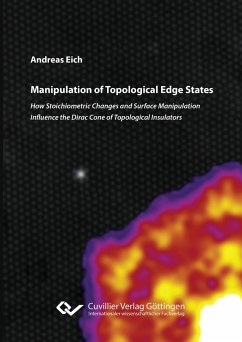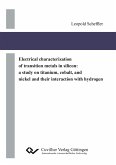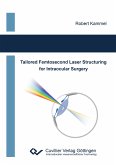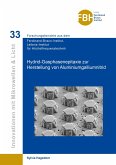Topological insulators (TIs) are a class of materials, which are insulating in the bulk but exhibit conductive states at the edges. These states are spin-polarized, protected against non-magnetic perturbations, and exhibit a linear dispersion. Due to these ¿topological¿ features, topological insulators may decisively contribute to the construction of spintronic devices. This book summarizes the results of an experimental Ph.D. thesis which aimed at finding methods for tailoring TIs. The first part provides an introduction to the field of topological insulators and the applied measurement techniques: STM and ARPES. In the second part, four experiments are presented in which different strategies to tailor the edge states were exploited. For the prototypical topological insulator Bi2Se3, it is shown that stoichiometric variations enhance the isolation of the edge state from the bulk band structure. Also for Bi2Se3, a method was found to introduce magnetic atoms (Fe) to the vicinity of the edge state which avoids any band bending effect. Furthermore, it is shown how edge states can be moved away from the surface of a TI. Creating a rough surface forces the edge state of TlBiSe2 to shift into the bulk. Finally it is shown how growing a Bi bilayer on Bi2Se3 shifts the edge state further out of the TI, where it interacts with bilayer states. The presented experiments prove the topological nature of these edge states and its consequences. The methods applied for the manipulation may allow a tailoring of topological insulators for future technological applications based on the spin degrees of freedom.
Bitte wählen Sie Ihr Anliegen aus.
Rechnungen
Retourenschein anfordern
Bestellstatus
Storno








